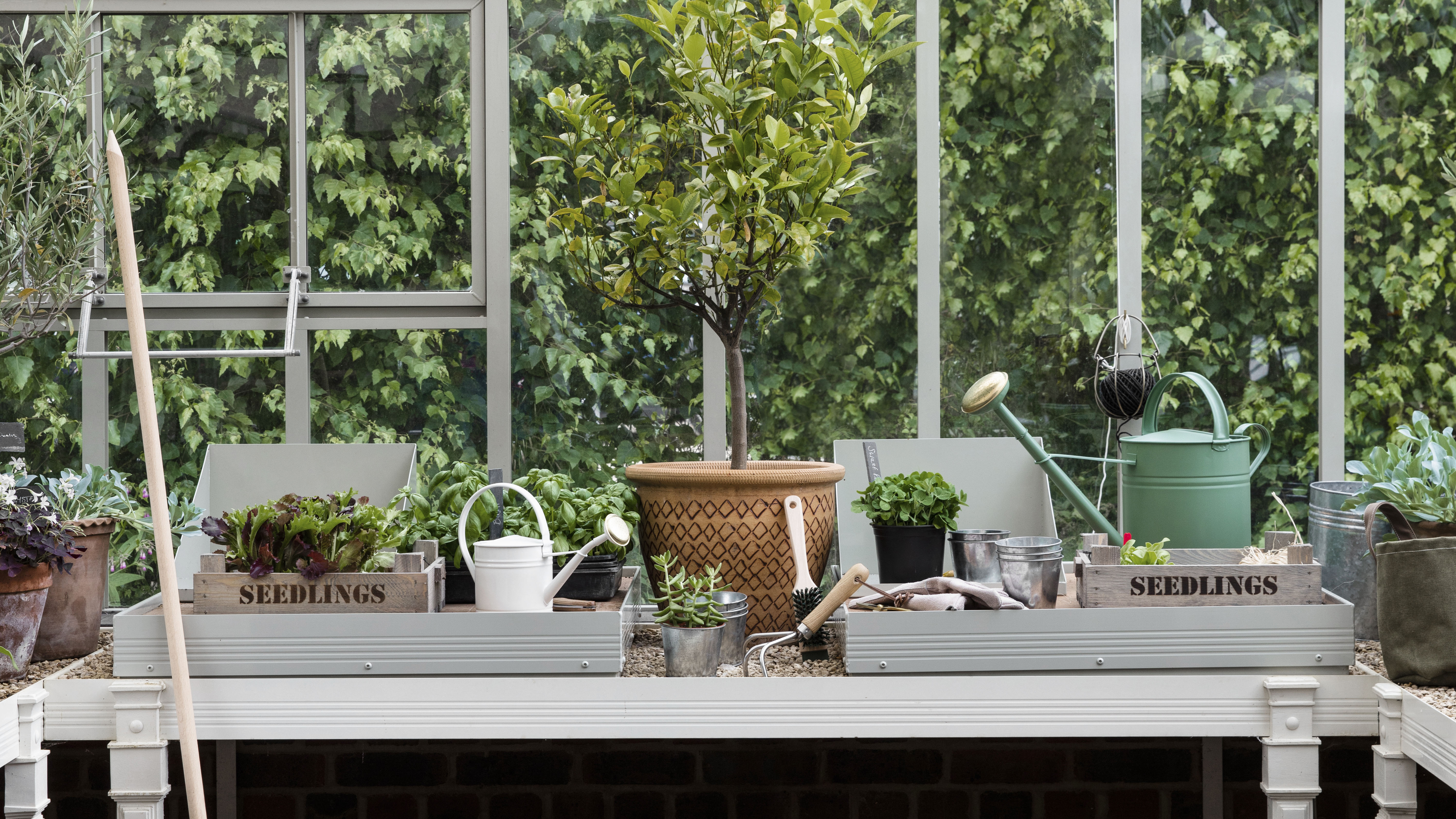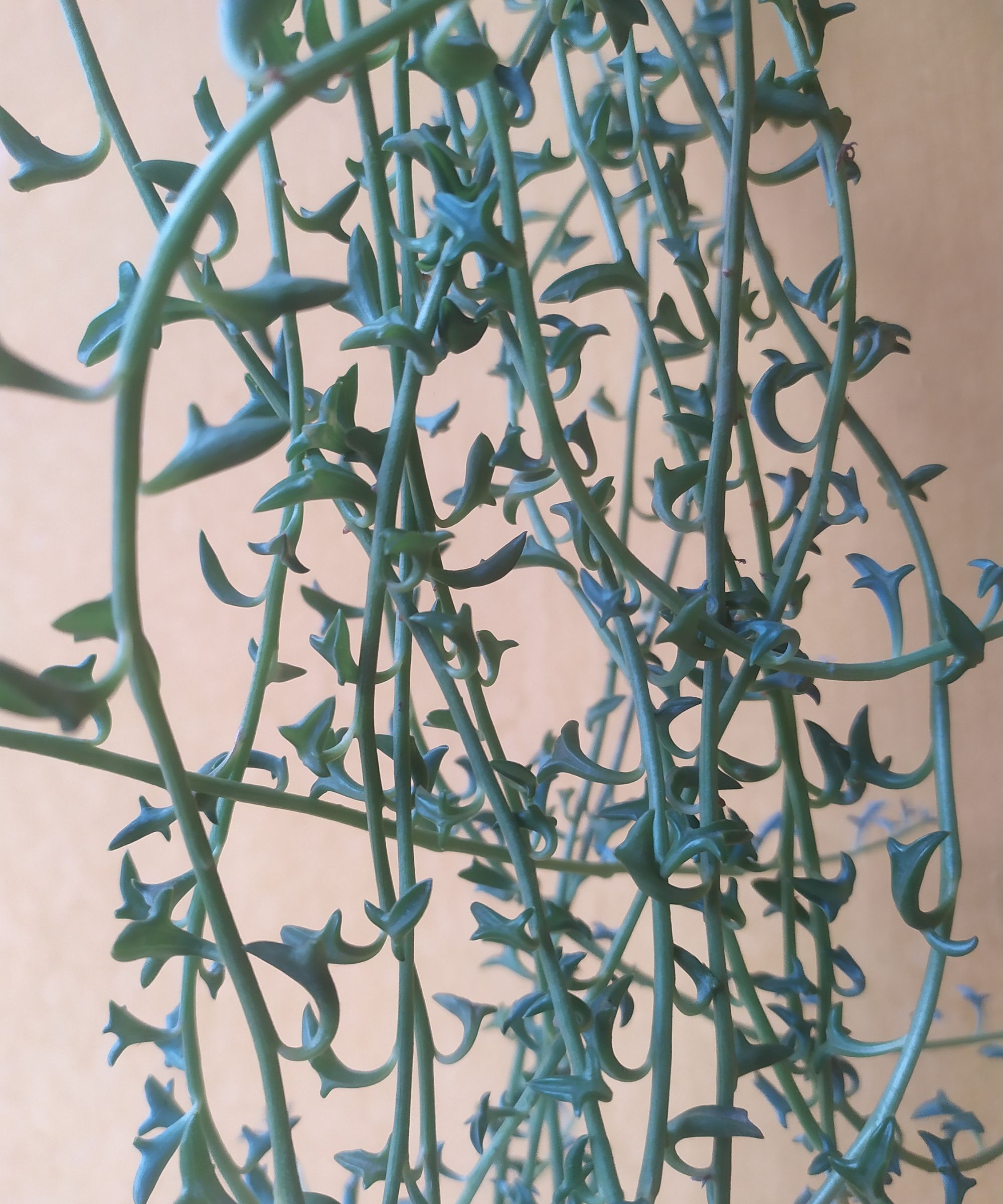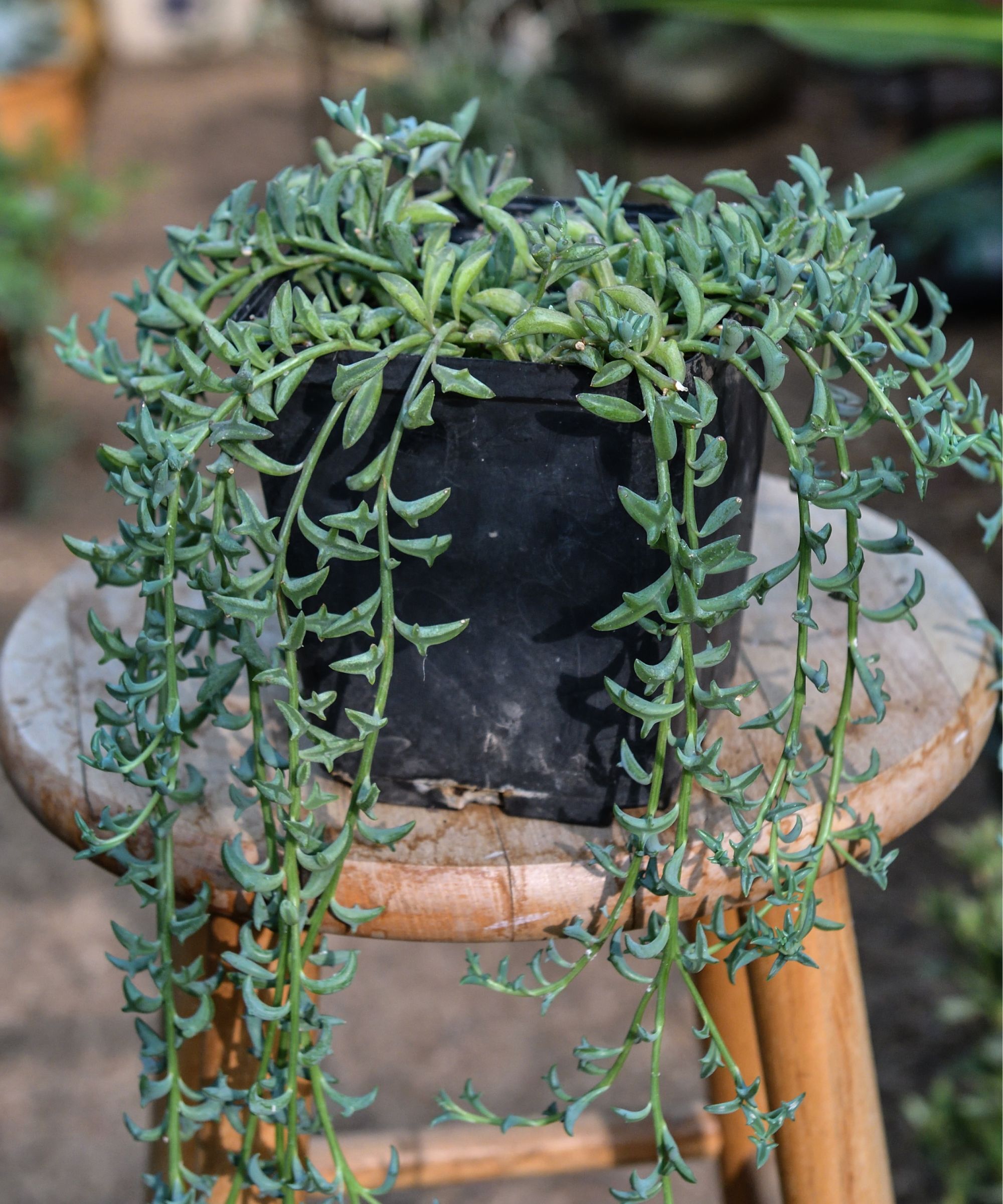Why, when, and how to propagate a string of dolphins – houseplant experts reveal the steps to follow for success
If you choose to propagate this unique plant, you'll want to take heed of this expert advice


The String of Dolphins (Curio × peregrinus) is a charming succulent known for its trailing vines adorned with small leaves that resemble leaping dolphins. This unique plant is a hybrid between the String of Pearls (Curio rowleyanus) and the Candle Plant (Curio articulatus).
The easy-going nature of the String of Dolphins plant makes it a great place to start if you're looking to create your houseplant collection. Equally, if you are looking to diversify an existing collection and are on the hunt for the best indoor plants to suit your interior scheme, the String of Dolphins will fit in and thrive just about anywhere.
Propagating any plant is satisfying and rewarding, allowing you to expand your houseplant collection in a surprisingly easy and cost-effective way when done properly with the right tools. And you can propagate a String of Dolphins by following a few simple steps.

Why propagate a String of Dolphins
There are both practical and aesthetic reasons for propagating a String of Dolphins.
For one, propagation is a cost-effective way to expand your houseplant collection. Instead of purchasing new plants, you can grow more from the ones you already own.
But propagation isn't just about creating new plants, it’s also a useful tool for rejuvenating mature ones. As String of Dolphins plants age, they may begin to look sparse or drop leaves near the base. This is a common issue, but it’s easily remedied.
Lisa Eldred Steinkopf, also known as ‘The Houseplant Guru’, explains, ‘Often, the strands of this plant get naked near the pot rim, with leaves only on the ends of the stems. You can make the pot look fuller by simply taking the strands and looping them back into the pot. They will send roots out from the stems and fill the pot so the naked areas are covered.’
Design expertise in your inbox – from inspiring decorating ideas and beautiful celebrity homes to practical gardening advice and shopping round-ups.
This method of layering the vines back into the soil is not only a form of propagation, but it also enhances the visual appeal of the plant. It creates a fuller, lusher appearance that makes the plant feel vibrant and alive again, and it is remarkably simple.
Alex Kantor, President of Perfect Plants, adds how propagation can also improve the plant's growth habit. He says: ‘To create a fuller pot, plant multiple cuttings close together. This not only helps with how it looks but also encourages bushier growth’.

Lisa is a houseplant expert who runs her blog The Houseplant Guru with over a decade of professional experience at Steinkopf Nursery and Garden Center in Michigan. As a child, Lisa helped her grandma tend to African violets and other houseplants. Since then, Lisa has forged a career providing houseplant advice, holding lectures and writing for publications across the US.

Alex has worked in the horticultural industry for over 20 years and grew up on the farm since his childhood years. Alex is an expert on landscape trees, shrubs, and indoor plants. He is passionate about growing and helping others learn the trade.
When to propagate a String of Dolphins

Timing plays a big role in the success of propagation. The best window to take cuttings and encourage rooting is during the plant’s active growing period – typically spring through early summer.
During this time, the plant is naturally pushing out new growth, and its energy reserves are at their highest, which means any cutting you take is more likely to root quickly and vigorously.
It’s best to avoid propagation during the cooler, darker months when growth slows. Attempting propagation during fall or winter may result in cuttings that take longer to root, or worse, fail to root at all.
Instead, focus on giving your plant great care through the off-season so it’s in top shape when spring arrives.
How to propagate a String of Dolphins

Propagation of the String of Dolphins is primarily achieved through stem cuttings. This method is straightforward and yields reliable results.
- Select a healthy stem: Choose a vibrant, plump stem approximately 3–5 inches long. Ensure the stem has several leaves and shows no signs of disease or damage.
- Cut the stem: Using clean, sharp scissors or pruning shears, cut the stem just below a leaf node. This node is where roots will develop.
- Prepare the cutting: Remove the leaves from the bottom inch of the cutting to expose the node. This area will be inserted into the soil.
- Allow to callous: Place the cutting in a dry, shaded area for 1–2 days. This allows the cut end to callous over, reducing the risk of rot when planted.
- Plant the cutting: Fill a small pot with a well-draining succulent or cactus mix, such as this succulent potting mix at Amazon. Insert the calloused end of the cutting into the soil, ensuring the node is buried. Water lightly to settle the soil.
- Maintain the right conditions: Place the pot in a location with bright, indirect light. Maintain a consistent temperature between 65–75°F (18–24°C). Water sparingly, allowing the soil to dry out between waterings.
- Monitor growth: Over the next 2–4 weeks, roots should develop. You can check by gently tugging on the cutting; resistance indicates root growth.
FAQs
Can I propagate a String of Dolphins from a single leaf?
Although some succulents root easily from a single leaf, String of Dolphins is best propagated from a short section of stem. This is because the plant requires at least one leaf node to generate roots. A single leaf simply doesn’t provide the same rooting potential and is unlikely to grow into a healthy plant.
How long does it take for String of Dolphins cuttings to root?
In the right conditions – bright, indirect sunlight, and well-draining soil – cuttings generally take between two to four weeks to develop roots. Julie Bawden-Davis, indoor plant expert at Healthy Houseplants, advises, ‘You will know it has rooted when you gently tug on the cutting and it feels anchored’. During this time, avoid overwatering and be patient – propagation is a slow and steady process.

Julie Bawden-Davis is a garden author and University of California Certified Master Gardener, who has written several gardening books, including Indoor Gardening The Organic Way. In addition to running HealthyHouseplants.com, she shares indoor gardening advice on her YouTube channel @HealthyHouseplants.
For those new to plant propagation, it’s a good idea to familiarize yourself with common houseplant propagation mistakes to ensure success. It is also crucial to understand the plant's needs and the best practices to ensure healthy growth.
To expedite the propagation process, you might find it helpful to find out how to speed up houseplant propagation. Additionally, understanding how to take plant cuttings will provide a solid foundation for success, particularly if you have more than one specimen you are looking to multiply, which may have different requirements.

Sophia Pouget de St Victor is the UK Content Editor at Homes & Gardens, bringing readers the latest trends, expert insights, and timeless design inspiration tailored to a UK audience. With a background in luxury interiors and a qualification in Garden Design from London, she has a passion for creating spaces with character and emotional depth. Sophia gravitates toward interiors that defy definition, valuing individuality and effortless elegance. She lives in West London with her partner, two mischievous terriers, and a plump cat named Lettuce.
You must confirm your public display name before commenting
Please logout and then login again, you will then be prompted to enter your display name.